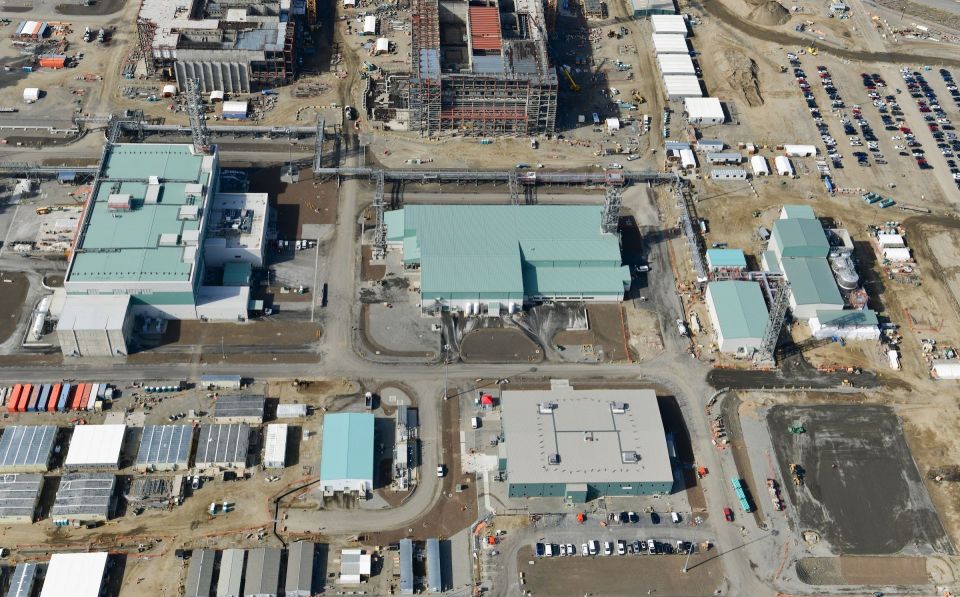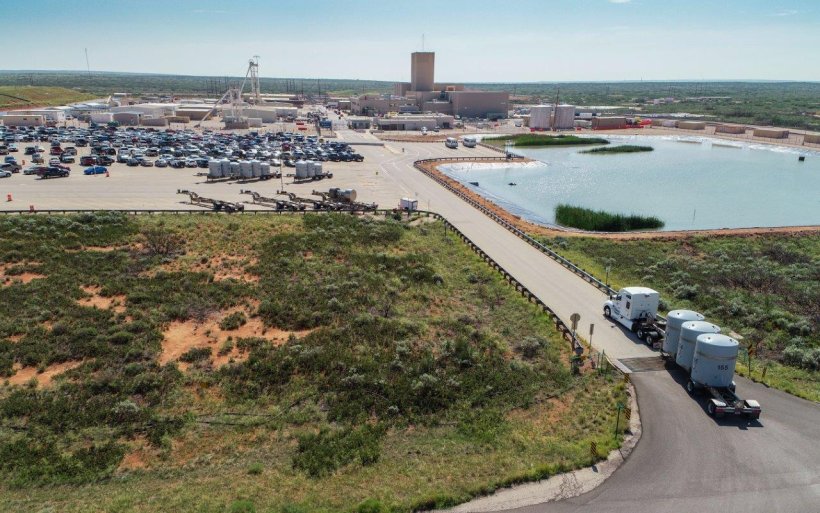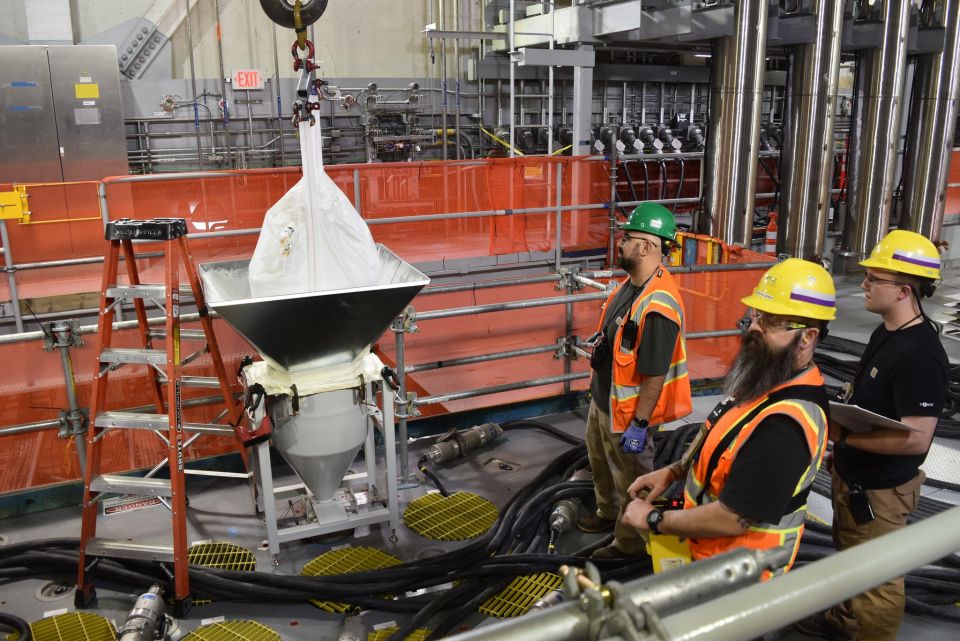Located at the Idaho National Laboratory Site, the IWTU began radiological operations in April to convert 900,000 gallons of radioactive liquid waste—generated from spent nuclear fuel reprocessing at the Idaho Nuclear Technology and Engineering Center—into a more stable granular solid using steam-reforming technology.
Removing Hg: The IWTU’s GAC beds treat off-gas—a gas byproduct of the steam-reforming process—to remove mercury before the off-gas is sent to the plant’s exhaust stack. Once the off-gas is free of mercury, it is safe to discharge to the air.
Following the five months of radiological operations, during which the IWTU treated 68,000 gallons of sodium-bearing liquid waste, the GAC beds in two vessels became loaded with mercury. Per operating procedures and permit requirements, once the GAC beds can no longer remove mercury from process off-gas, the plant must be shut down for bed replacement.
According to a December 1 DNFSB report, numerous samples of the used GAC bed material will be analyzed to determine whether any unexpected performance was occurring.
Changing media: According to DOE-EM, a specialty vacuum reached the IWTU vessels through 24-inch passageways. The vacuum was used to remove the spent carbon, which is being disposed of as Resource Conversation and Recovery Act waste.
Those same passageways were used to load new carbon. Crews also replaced three different-sized ceramic balls, which rest on the bottoms of the two vessels. The balls act as spacers to evenly distribute off-gas flow up through the GAC beds.
Other issues: During the IWTU outage, crews also have been investigating other operational challenges with the plant, including an ongoing issue with differential temperature across the fluidized bed of the denitration mineralization reformer (DMR), the IWTU’s primary reaction vessel.
According to the DNFSB report, during initial operations, high differential temperature events occurred in the DMR bed, along with the clogging of waste-feed nozzles, reducing the volume of waste that could be treated. “Testing of various waste blend simulants with a scaled DMR replica has been ongoing at an off-site facility to recreate this temperature effect and to develop potential mitigations,” the report states.
According to DOE-EM, project directors expect to resume IWTU operations early next year. Once the plant is at normal operating temperature and pressure, operators will introduce simulant and then transition to sodium-bearing waste once the plant is operating as expected.











